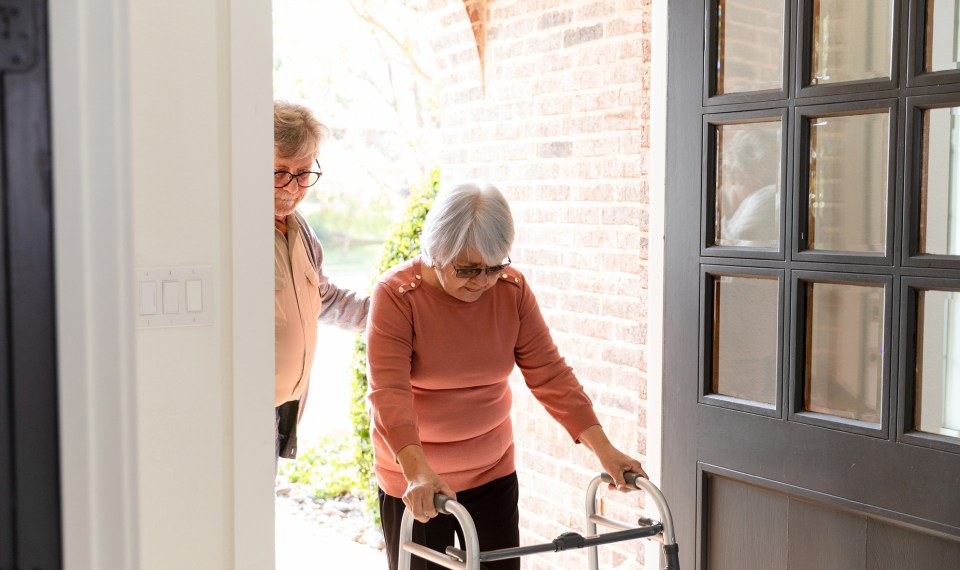We had been away at our summer home in Idaho and returned to Texas in the fall. It seemed like the barrage of doctor and dentist visits hit like a hurricane. Some were expected, but others like needing a new dental crown or having a skin lesion at the dermatologist added to the list. It got me thinking about all the patients with disabilities or chronic illnesses and their lists of multiple physicians and therapists. Going to appointments can be exhausting.
How often have you thought, “I need a break?” But there may be no break. Are there things you can do to make going to the doctor somewhat less tedious? Previously I wrote about what to do during a doctor visit to make it more effective. Now, I am writing about the actual mechanics of organizing your calendar and the timing of these visits.
A stroke or serious illness such as cancer grabs control of your life and everything seems to revolve around it. Unfortunately, the entire healthcare system is set up for the convenience of the doctors and other providers. I know, as I have one foot in each camp.
There may be a perfect time for you to come to the office or get your therapy, but those slots may already be filled. It is time to take control. These are your appointments. Don’t try to schedule back-to-back visits in the same week.
We all feel better when we have a sense that we have some control and that our life is not being pulled by an unmanageable force. You may not be successful with all of these tips. But I predict you will be surprised how many will work for you.
How To Get Control
- Is the appointment really necessary? My internist will tell me I should come back in four months. I ask him if it is really necessary and whether we can stretch it to six months. Invariably, he says, “Sure.” You can do the same. If you feel things are stable and you could go longer between visits, just ask. Could every other visit be a telehealth visit?
- On the day of your visit, call ahead to make sure the doctor or therapist is running on time. I usually call about an hour ahead. Be candid and tell the receptionist that it is difficult for you to wait, and if she is behind you will come in a bit later. In these days of COVID, nobody wants to sit in a crowded waiting room.
- Ask for the first appointment of the day, or if they take lunch, the first appointment of the afternoon. Yes, you may have to get up earlier than you like, but it will be worth it. My dentist starts at 7a.m.!
- Always bring something to read or do. Many people use their smartphone to pass the time. If you do, please use earbuds, as the other people probably don’t want to listen to your music. The exam room is one more place you may have to wait, so be sure you have something to keep you occupied.
- We all need to stay hydrated. Always carry some type of water container. In these days of COVID, many water fountains are turned off. Water bottles have become something of a fashion statement, but they are also a necessity if you are stuck waiting around.
- Finally, if you waited a long time or you felt that things were inefficient, ask the doctor or nurse what you can do differently next time for a better visit. Starting by placing the responsibility on yourself should prevent the office or doctor from being defensive. Tell them that you want to work together to improve the experience for both of you.
Remember, this is YOUR visit. You or someone else is paying for it. But also remember the old saying attributed to Benjamin Franklin that “you catch more flies with honey than with vinegar.”
The content of this site is for informational purposes only and should not be taken as professional medical advice. Always seek the advice of your physician or other qualified healthcare provider with any questions you may have regarding any medical conditions or treatments.




